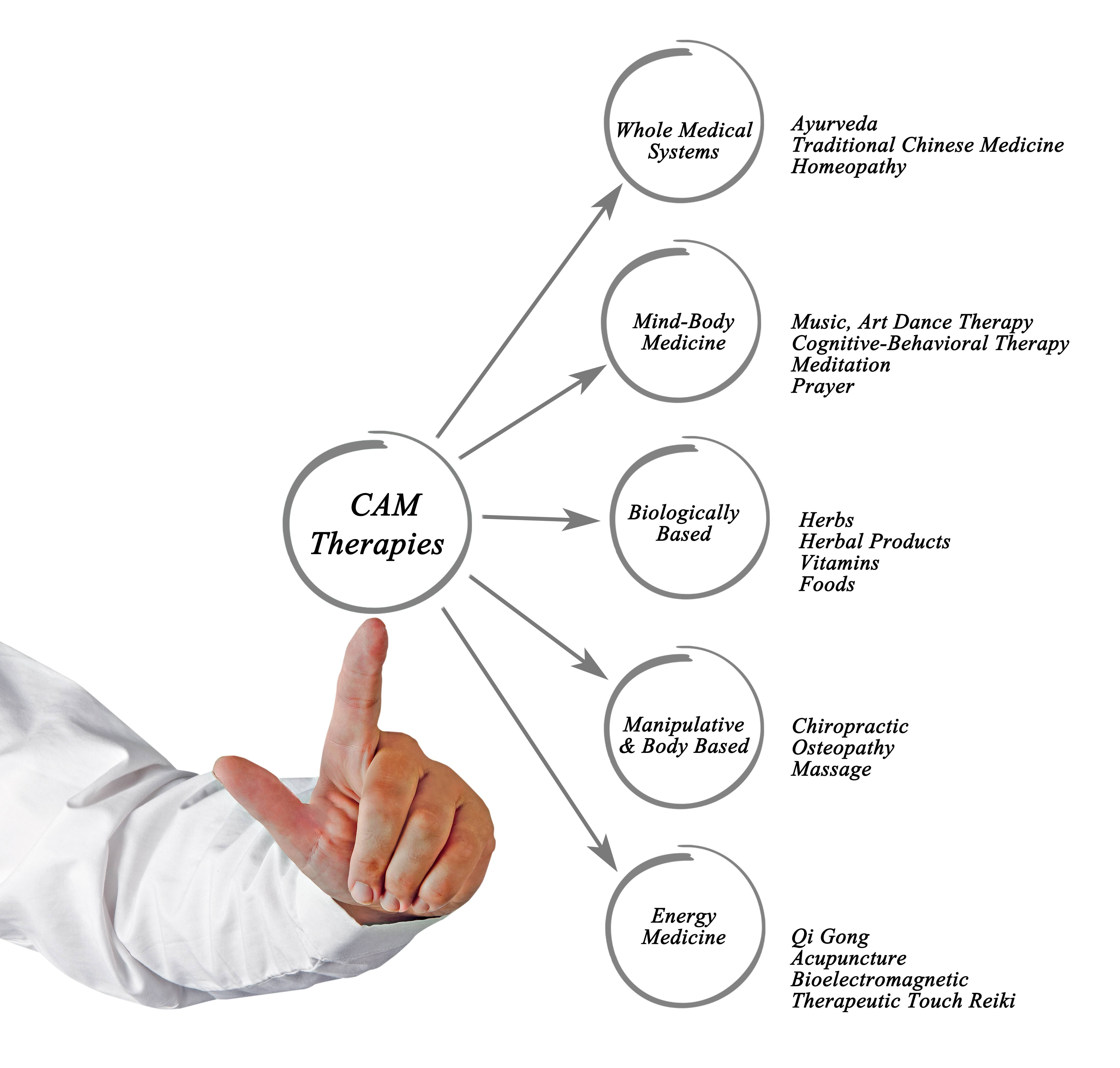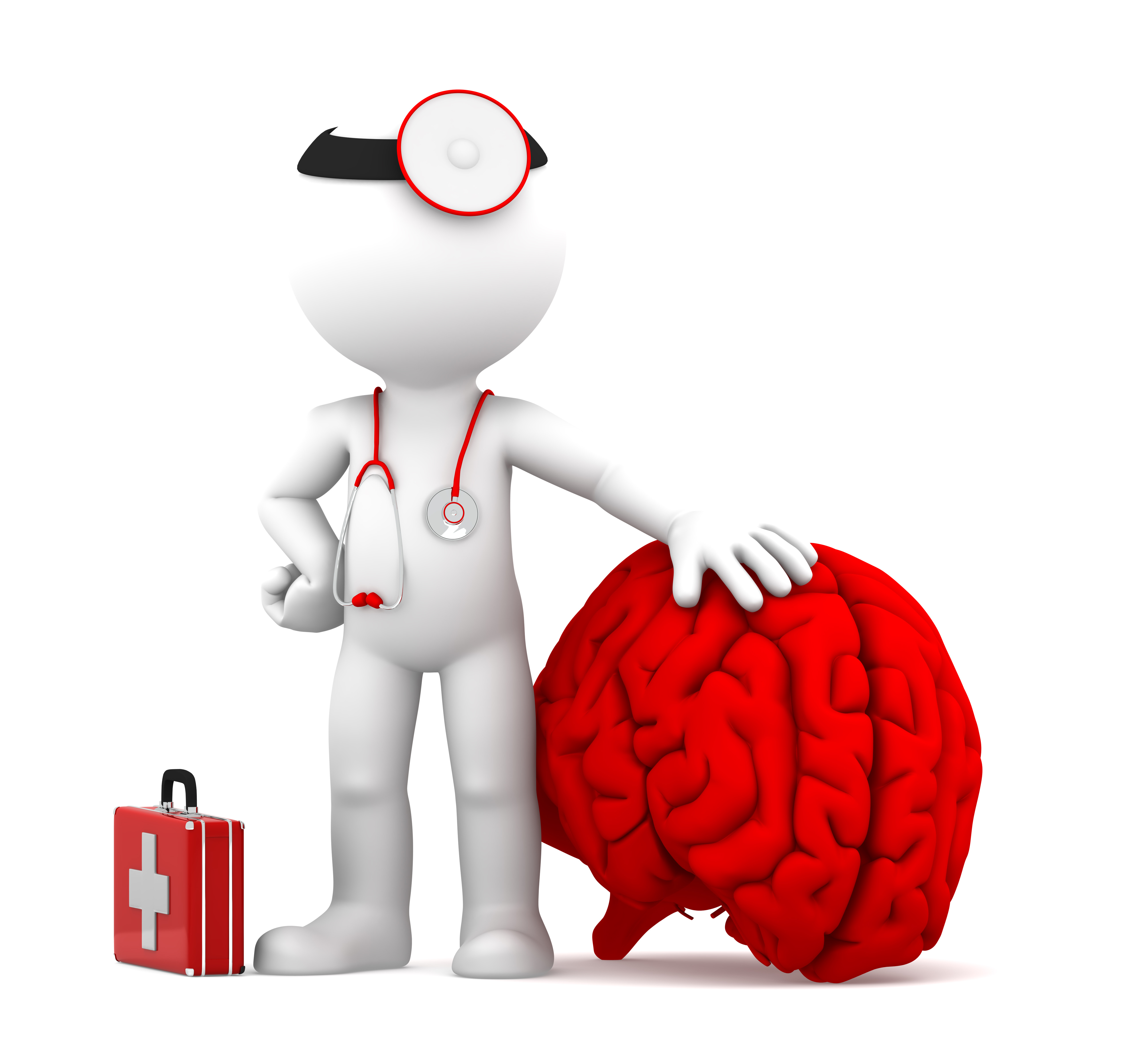What are complementary and alternative therapies?
Lesson 1
Complementary and alternative therapies are usually defined in terms of their differing relationship to orthodox or mainstream medicine. This is also why they are often referred to as complementary or alternative medicines, a term which is often abbreviated to 'CAM'. While complementary therapies usually work alongside mainstream medicine.

Cam Therapies
Alternative therapies are those which also claim to offer treatments that can replace orthodox medical treatment altogether. This is because alternative therapies are complete systems of health care, which include their own individual approach to the diagnosis of conditions as well as treatments.
Five of the most popular alternative therapies in the UK are osteopathy, chiropractic, acupuncture, herbal medicine and homoeopathy.
In fact, the terms 'complementary' and 'alternative' are often used interchangeably, and the difference is one of emphasis in terms of the boldness of the claims made by various approaches or the individual practitioners operating within them.
Complementary and alternative therapies include approaches to health that are based on traditional healing methods from non-western cultures, but not exclusively so.

One of the most helpful definitions of complementary and alternative approaches is that they are:
“a broad domain of healing resources that encompasses all health systems, modalities, and practices and their accompanying theories and beliefs, other than those intrinsic to the politically dominant health systems of a society or culture in a given historical period.”
(The Cochrane Collaboration, quoted in House of Lords, 2000, para. 1.12)
This definition is useful because it emphasises that what may be considered 'alternative' in one culture or historical period might be considered mainstream or orthodox in another.
For example, while acupuncture is generally regarded as an alternative therapy in the UK it is a mainstream medical intervention in other countries such as China.
The number of people using complementary and alternative therapies has increased sharply over recent years and continues to rise. In 1999 the BBC conducted a survey of 1,204 adults in Britain.
This found that 20 per cent had used complementary and alternative therapies during the previous year. The four most popular types used by people in this survey were herbal medicine, aromatherapy, homoeopathy and acupuncture.
Complementary and alternative therapies emphasise the general benefits on the 'holistic' approaches to health care, rather than on the relief of specific symptoms. General wellbeing seemed to be the outcome that many approaches focused on.
A number of the treatment benefits will point towards stress relief and relaxation, something which is clearly of potential importance for someone experiencing mental distress.
In terms of the specific relief of symptoms, there were some examples of therapies which claimed to be able to relieve phobias and severe anxiety.
Others claimed to offer relief of physical pain from backache and headaches and mental distress does not normally occur in isolation.
Try to explore the range of complementary and alternative therapies available in your local area or an area near you, and to think about how relevant they may be for someone experiencing a physical disability or / and a mental distress.
From this list, define which one is complementary or alternative therapies.
Your reasons for defining certain approaches as complementary and alternative might have included one or more of the following:
- The treatment is not generally available on the National Health Service
- The treatment is not usually provided by a doctor or nurse
- People usually have to pay privately if they want to receive the treatment
- The approach originates from a non-western culture
- The theory behind the treatment or approach is unfamiliar to you
- The treatment takes place somewhere other than a GP's surgery or hospital.
Please move onto the next unit
